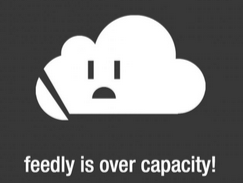My 5 Enterprise Cloud Predictions for 2013
 I believe that this is the year when the enterprise will find its way to the cloud.
I believe that this is the year when the enterprise will find its way to the cloud.
The mega Internet sites and applications are the new era enterprises. These will become the role models for the traditional enterprise. IT needs remain the same with regards to scale, security, SLA, etc. However, the traditional enterprise CIO has already set the goal for next year: 100% efficiency.
The traditional CIO understands that in order to achieve that goal, IT will need to start and do cloud, make sure that IT resources are utilized right, and that his teams move fast.
(more…)

